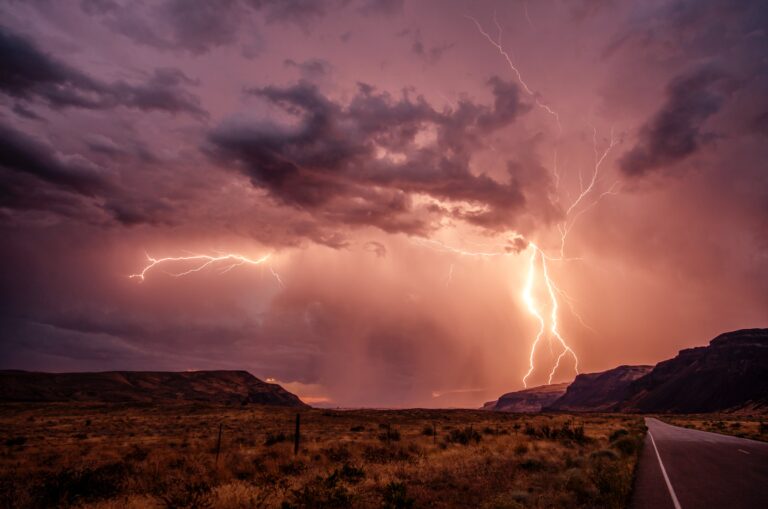Here’s The harsh reality behind 170 Nations’ failure to Sign crucial Climate Agreement

The biodiversity-focused COP16 in Cali, Colombia, starts next month, where more than 200 nations are supposed to “submit plans to meet a UN agreement to halt the destruction of Earth’s ecosystems”; according to The Guardian, 170 have not bothered so far.
READ MORE ABOUT CLIMATE CRISIS
Exxon Still Top Polluter
$2 Trillion Climate Rescue?
The newspaper adds: “Nearly two years ago, the world struck a once-in-a-decade deal in Montreal, Canada, that included targets to protect 30% of land and sea for nature, reform billions of dollars on environmentally harmful subsidies and slash pesticide usage.”
Why should anyone be surprised at the backtracking? After all, most nations have failed to meet the major goals set at these global meetings. The Climate Action Tracker (CAT) recently singled out the U.S., saying, “CAT analysis in 2022 shows the U.S. is moving in the wrong direction regarding its domestic and international support for fossil fuels,”
US Still Major Oil Producer
Meeting the goals requires heavy regulation, particularly of fossil fuel-based industries. At this point, regulation in the U.S. is fairly lax, with even the Biden administration, which has much ballyhooed it climate-focused Inflation Reduction Acting, admitting that crude oil is essential to energy needs in the next few years because renewables growth is too slow to allow for rapid replacement. Meanwhile, the U.S. produced more crude in December than any country in any month in history.
Meanwhile, India, the third-largest polluter, is years, if not decades, from hitting the climate goals needed for it to provide even modest support to global greenhouse reduction goals.
In other words, no one should be surprised by the lack of signatures.
Sponsor
Find a Vetted Financial Advisor
- Finding a fiduciary financial advisor doesn't have to be hard. SmartAsset's free tool matches you with up to 3 financial advisors that serve your area in 5 minutes.
- Each advisor has been vetted by SmartAsset and is held to a fiduciary standard to act in your best interests. Get on the path toward achieving your financial goals!
More from ClimateCrisis 247
- America’s Most Dangerous Nuclear Reactor To Power AI
- Wind Company Faces Trump-Triggered Bankruptcy
- AI Firms May Not Need Our Electricity
- Cutting Home Electricity Bills In Half





